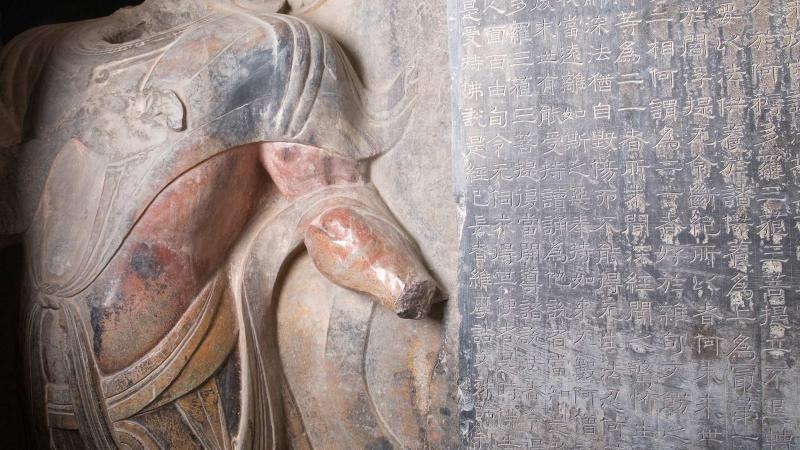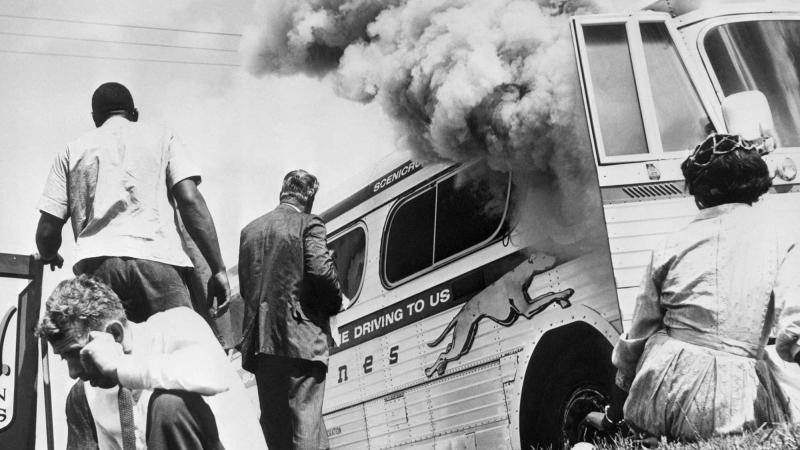A young African-American doctor named Ossian Sweet purchased a home in a predominantly white part of Detroit in the summer of 1925. Sweet knew the risks: Similar attempts by African Americans to move into white neighborhoods had been met with overt resistance, even violence.
So when a mob gathered outside 2509 Garland Avenue the evening of September 9, they found not only Sweet and his wife Gladys, but also several of their relatives and friends ready to defend the Sweets’ home. When violence erupted, one member of the crowd was shot and killed. All the occupants of the house were arrested and charged with murder. The ensuing legal battle, which involved both the NAACP and legal legend Clarence Darrow of the Scopes Monkey Trial, became a symbolic if little-remembered victory in the civil rights struggle. Eventually, all the charges facing the house’s occupants that fatal night were dropped.
In 2001, historian Kevin Boyle received $35,000 from NEH to write one of the first book-length studies of the Sweet trials. “That grant,” he says, “made the book possible.” Published in 2004, Arc of Justice went on to win the National Book Award for Nonfiction. Since then, it has served as a touchstone in civil rights historiography. It inspired a revival of one play about the Sweet trials and the debut of another, and, in 2011, was selected for the Great Michigan Read, in which a million people read Boyle’s book and discussed the Sweets’ story.
A Detroit native, Boyle had long known about the Sweet trials, but it was teaching university courses about the civil rights movement that compelled him to write the book. For Boyle, it was a matter of “reversing the formula”—writing a form of narrative history valuable to academic scholars but meant to engage general readers as well. “When I hear from people who aren’t academics but who love the book,” Boyle says, “that makes all the difference.”
He was concerned above all with the human dimension of the Sweet trials and their aftermath. Such stories, according to Boyle, “root people and readers in broader social dynamics.” Yet the Sweets’ story didn’t entirely conform to most narratives of the civil rights movement, in which struggle leads to at least some measure of betterment. Ossian Sweet never escaped the long shadow of that September evening, losing his wife and daughter to tuberculosis, which his wife may have contracted in jail; in 1960, he committed suicide. For Boyle, the Sweet trials and their consequences revealed the tragic dimension of the civil rights struggle.
Yet Boyle says he remains an optimist at heart, pointing to the gains in civil rights America has achieved since 1925. As for the forms of discrimination that still endure, he observes, “These are human creations, and they can be broken.” In its absorbing depiction of how one incident helped breach a wall of bigotry in Detroit, Arc of Justice conveys both the promise and the costs of that struggle.
Written by David Soud, a Maryland-based writer, teacher at the University of Delaware, and author of Divine Cartographies: God, History, and Poiesis in W. B. Yeats, David Jones, and T. S. Eliot.


